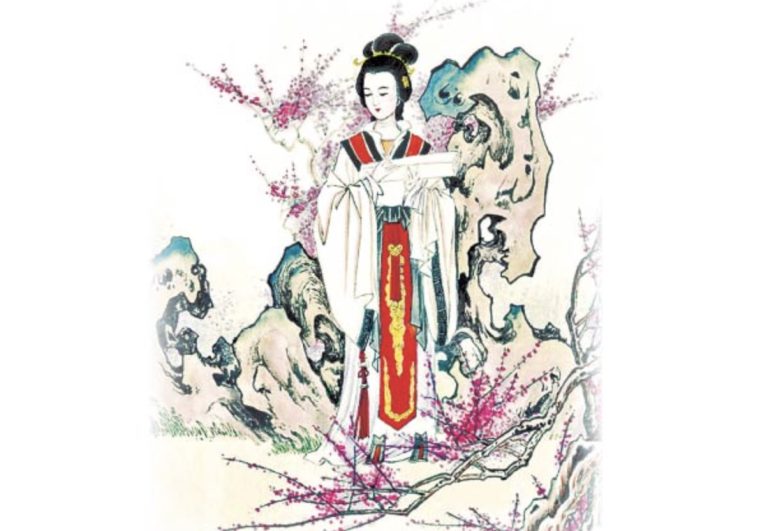One hundred twenty years ago, the botanist, physicist and biologist Jagadish Chandra Bose proved that plants have life. Through a series of experiments, he showed that these organisms have a definite life cycle, a reproductive system and are aware of their surroundings. Since then, the scientific community has made numerous studies to determine how advanced botanical forms of life are, compared with humans. Who would guess, for instance, that plants can sing?
It is widely believed that plants do not perceive the environment in the same way humans do. In fact, plants are endowed with rudimentary sensing mechanisms that allow them to perceive changes in light, gravity, temperature, and physical touch. However, many scientists refuse to believe that plants are merely a bundle of receptors and effectors. Such is the case with Damanhur, a world-renowned cultural community dedicated to translating the electromagnetic impulse of plants into melodies.
During the last decades, multiple experiments have been made to study the existence of cognitive skills in plants and their ability to interact with humans. Since 1970, the founder of Damanhur and his fellow researchers have analyzed bioelectric processes that are conducted by plants, trees and flowers. They discovered that the conductivity “is a core indicator of the life force of plants generating key pathways for water, minerals, and other nutrients within trees and flowers.”
With the goal of understanding the dynamics of Nature as an intelligent force, Damanhur’s team conducted several experiments, the most famous of which is “The plant driving a small cart”. For this experiment, a plant was connected to a toy robot made from a kit, replacing one of the sensors to create a way for the plant to communicate with the robot. The plant was then connected to a biofeedback device so it could control the cart, which was moved in all directions by the plant.
After witnessing this unprecedented connection made with plants, the research team decided to concentrate its efforts on translating the electromagnetic variations from the surface of plant leaves into a language understood by everyone: music. Thus, through MIDI interface, plants produce unique melodies that become what the research team refers to as “the plant’s biological signature sound.”
Success
You are now signed up for our newsletter
Success
Check your email to complete sign up
Further work done by Damanhur’s team went as far as suggesting that plants operate with innate intelligence and logic different from our own. In later experiments, it was noticed that plants seemed to realize that the sounds emitted by the interface devices were caused by themselves and consequently, made attempts to alter their impedance to change the sounds.
Studies suggested that experienced plants are able to modulate sounds that serve as communication with humans, especially musicians; and they also act as mentors to teach other plants how to use the device to communicate.
Yet this is not the first time plants have been found to possess advanced abilities.
As early as 1902, Jagadish Chandra Bose, not only proved that plants were alive but also discovered that playing certain kinds of music in the area where plants grew caused them to grow faster. In his studies, Bose used a crescograph to measure the variation of the cell membrane potential of plants under different circumstances. Based on his findings, he hypothesized that plants can “feel pain, understand affection etc.” and wrote two books about it in 1902 and 1926.
In the 1960’s, Cleve Backster, an interrogation specialist for the Central Intelligence Agency (CIA), claimed that plants feel pain and have extrasensory perception (ESP). Through the use of a lie detector, Backster registered responses from plants to direct stimuli such as watering and damage to their leaves. He noticed that the readings of the device resembled those of a human. However, what shook the scientific community were his findings on the response of plants to thought activity.

He reported that one plant registered a stress response to his thoughts of harming it, while another plant responded to the death of a brine shrimp in another room. He concluded that plants perceived human intentions and also reported finding that other human thoughts and emotions caused reactions in plants. He termed the plants’ sensitivity to thoughts “Primary Perception,” and published his findings from the experiments in the International Journal of Parapsychology in 1968
Although Backster’s theory was not accepted since it did not follow the scientific method, his work became popular and drew public attention. When put to the test by the Discovery Channel television show MythBusters, the plants in the experiment reacted both to actual harm, as well as thoughts of harm. However, further claims made by Backster in his investigation could not be verified.
Botanists around the world have taken up research in this area and many ideas are no longer dismissed as pseudoscience. Whether plants are endowed with telepathic awareness is yet to be proven, but it makes one wonder whether plants are not as evolved as some think or whether it is our science that has to develop further to understand the complexity of these organisms.













